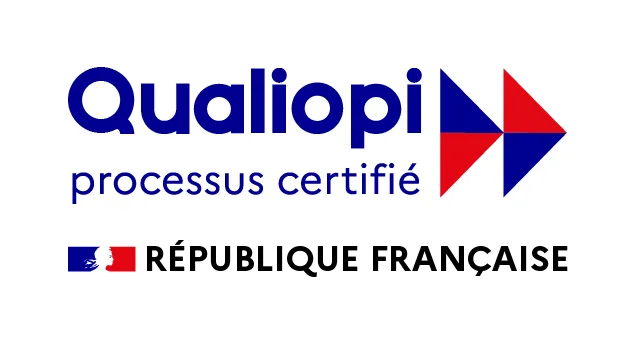Ultimate PESTEL Analysis Guide: Boost Your Strategic Planning Today

In today's rapidly changing business environment, understanding external factors is crucial for strategic planning and decision-making. PESTEL analysis is a comprehensive tool that helps organizations analyze the macro-environmental factors that can impact their operations. This guide explores what PESTEL analysis is, its uses, and provides valuable tips and tricks to effectively conduct a PESTEL analysis.
What is PESTEL Analysis? (Your Key to Business Success)
PESTEL analysis is a strategic framework used to evaluate the external factors that influence an organization. The acronym PESTEL stands for Political, Economic, Social, Technological, Environmental, and Legal factors. By examining these six categories, businesses can gain insights into the macro-environmental elements that could affect their operations and strategic decisions.
Why Use PESTEL? (Unlock Strategic Advantages)
PESTEL analysis is a versatile tool employed for various purposes, including:
- Strategic Planning: Assisting organizations in understanding the broader macro-environment to align their strategies accordingly.
- Market Analysis: Providing insights into market dynamics and identifying potential opportunities and threats.
- Risk Management: Helping identify external risks that could impact the business and developing mitigation strategies.
- Business Development: Informing decisions related to entering new markets, launching new products, or expanding operations.
- Policy and Regulation Monitoring: Keeping track of changes in regulations and policies that could affect business operations.
Top Tips for Effective PESTEL Analysis (Expert Insights)
To conduct a thorough and effective PESTEL analysis, consider the following tips and tricks:
- Involve Cross-Functional Teams: Engage representatives from different departments to gather diverse perspectives and insights.
- Conduct Regular Updates: The external environment is constantly evolving. Regularly update your PESTEL analysis to stay current with changes.
- Use Reliable Data Sources: Base your analysis on accurate and reliable data to ensure credibility and relevance.
- Focus on Key Factors: Identify the most critical factors within each PESTEL category that are likely to impact your organization.
- Analyze Interconnections: Understand how different PESTEL factors interact with each other and how they collectively influence your business.
- Scenario Planning: Use PESTEL analysis for scenario planning to anticipate and prepare for various future possibilities.
- Communicate Findings: Clearly communicate the results of your PESTEL analysis to stakeholders to inform strategic decisions.
- Develop Action Plans: Translate the insights gained from PESTEL analysis into actionable strategies and contingency plans.
By leveraging PESTEL analysis, organizations can enhance their strategic planning process, identify potential risks and opportunities, and make more informed decisions. Whether you are entering a new market, launching a new product, or developing long-term strategies, PESTEL analysis provides a comprehensive understanding of the external factors that can influence your success.
Get Started with PESTEL Today!
Written by Sara MOUDRIK HORN






